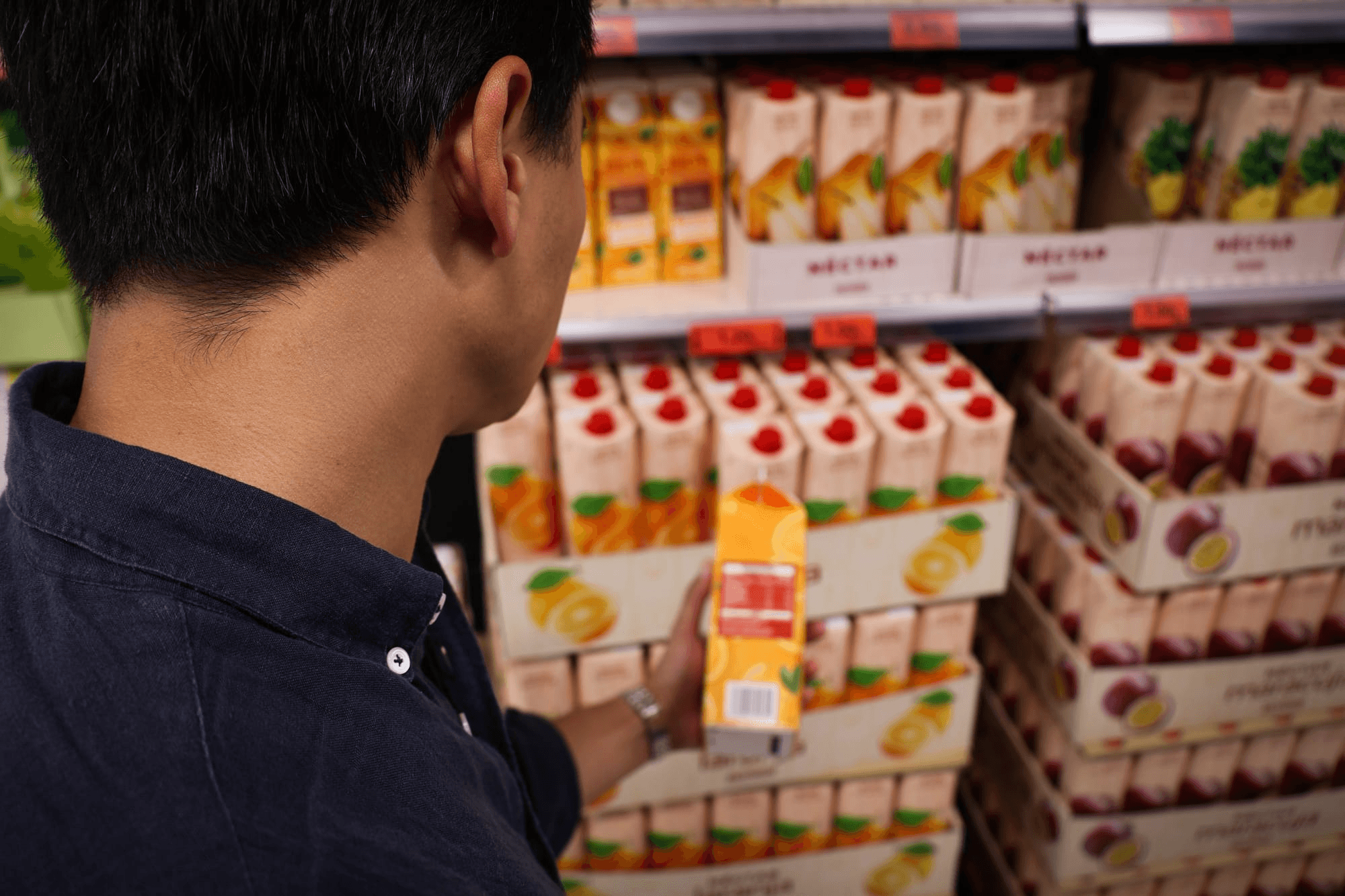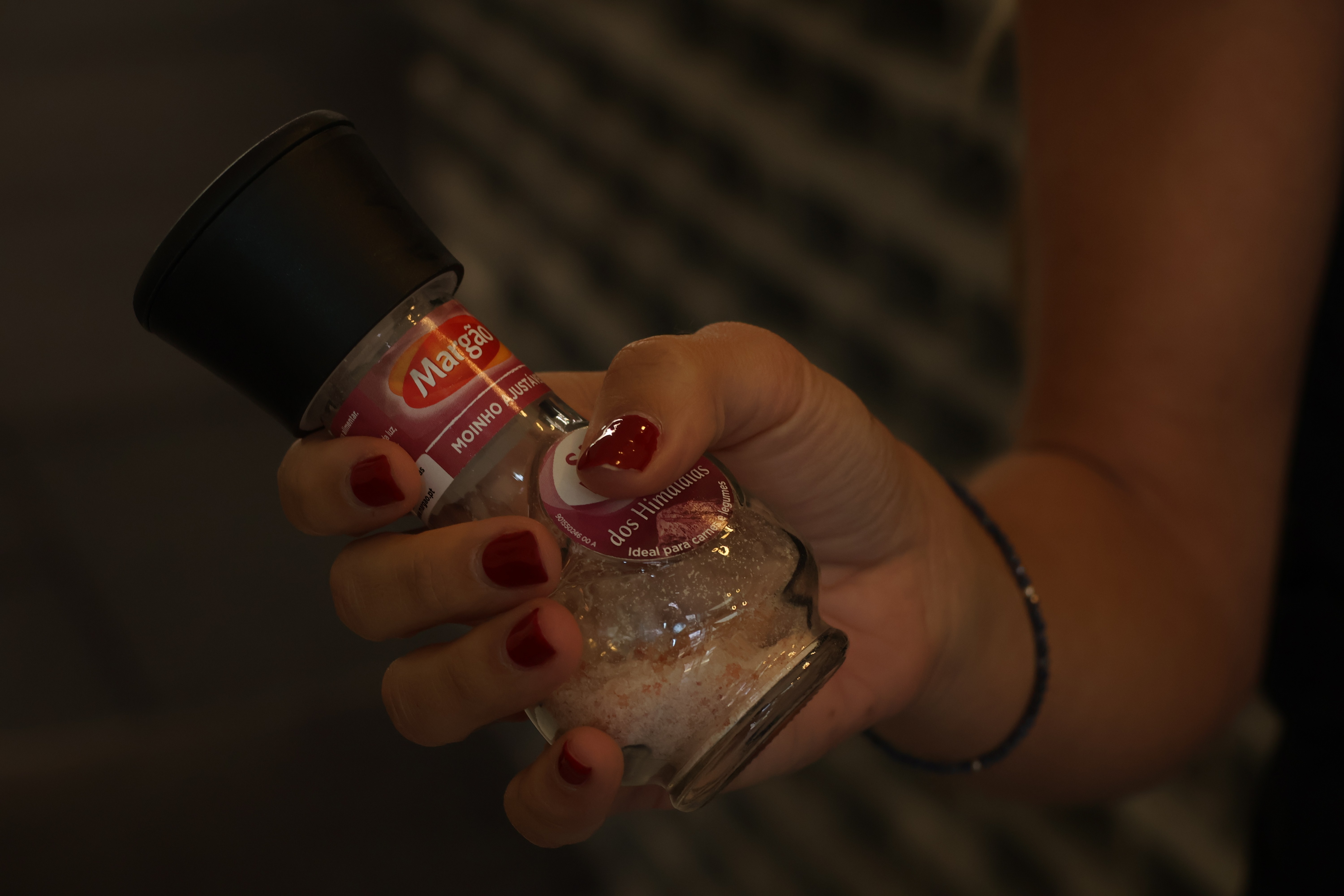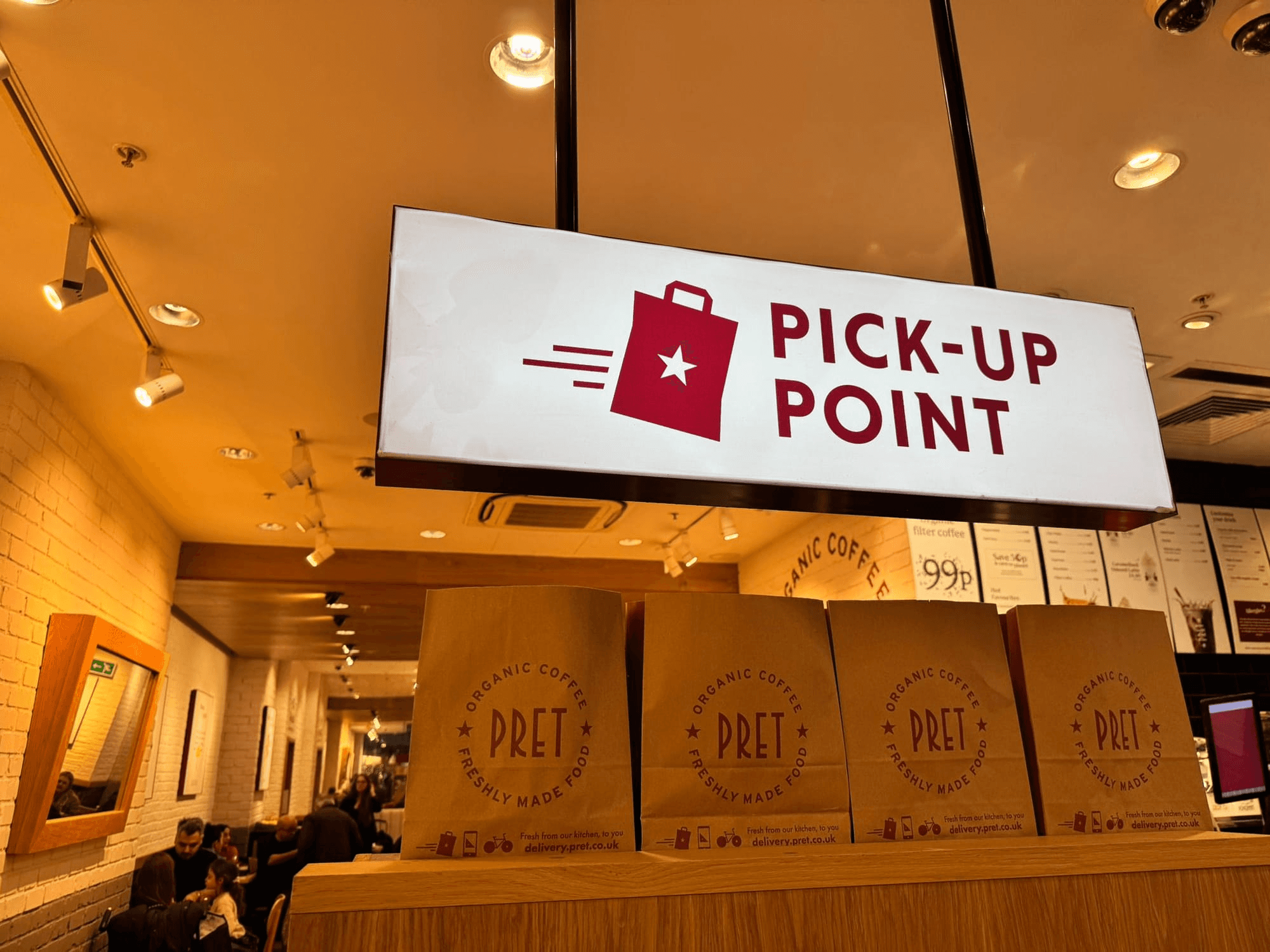3
min read
You might think that your diet is rich in unprocessed whole foods because you don’t eat ready meals and rarely buy biscuits, crisps and pizzas. But did you know that the oat milk in your flat white, the tortilla of your chicken salad wrap and the pot of supermarket hummus in your fridge are all classed as ultra-processed foods or UPFs?
Read any article in the news and you’d be forgiven for being worried about the health risks of these foods but what are the facts behind the media rhetoric?
What is an Ultra-Processed Food (UPF)?
You’ll hear many definitions in the press telling you that a UPF has more than 5 ingredients, is in plastic packaging, bears health claims on pack or contains ingredients you don’t have at home. The official definition is known as the Nova system. It groups foods into four categories, according to how processed they are.
Group 1 – Unprocessed or minimally processed foods in their natural state. They may have been pasteurized, dried, frozen or fermented. Examples include: pulses, fruit and vegetables, fresh milk, nuts, rice and fresh or frozen meat.
Group 2 – Processed culinary ingredients that have been simply processed but are used as ingredients in cooking such as cold-pressed vegetable oils, butter, sugar and salt.
Group 3 – Processed foods that have been bottled, canned or preserved in a way that also adds flavor. These foods include canned fruit and vegetables, smoked fish or meat, hand baked bread and beer.
Group 4 – Ultra-processed foods. These foods have undergone several industrial processes and may contain ingredients you wouldn’t typically have at home, such as emulsifiers, preservatives, colourings or flavorings. These foods make up at least 60% of our diet but the examples within this group are very diverse from supermarket hummus and fruit yogurts to ready meals, ham, sausages, manufactured snack products, ready meals, breakfast cereal and shop bought bread.
What does the science say?
So far, observational studies suggest that a diet high in UPFs is linked to an increased risk of being overweight, type 2 diabetes, some types of cancer and heart disease. A very elegant study provided participants with nutritionally matched diets of UPFs vs unprocessed foods and showed that those on the UPF diet ate 500 Kcal more a day than those on the unprocessed diet.
Why are UPFs so easy to eat in excess? There are a number of theories:
They are often soft and easy to chew, unlike fresh fruit and veg and other high fiber foods that require a lot of chewing - slowing down our eating rate.
They are often calorie dense and low volume vs unprocessed foods that can be bulky, high in fiber and protein but often less energy dense
They are very tasty as they are often high in fat, salt and sugar so we want to eat more of them
Do UPFs have negative health effects?
The science is still emerging and data quality is often poor, definitions subjective and research observational (so does not show cause and effect) but there are a few hypotheses.
According to the UK’s Scientific Advisory Committee on Nutrition, UPFs are often high in salt, saturates, fat and sugar and we know these, when eaten in excess, can affect our health.
However, the UPF definition is currently so broad such that some UPFs, such as wholegrain breakfast cereals, may not have the negative health effects of other such as burgers, pizzas, sugary or salty snacks and soft drinks.
What should I do to reduce my UPF intake?
Try cooking from scratch, using mainly whole foods, as often as you can
Reduce your use of ready made meals, sauces and condimentsTry to snack on fruit, yogurt, nuts and vegetables or even have a mini meal such as a small pitta with chicken and cucumber sticks between meals rather than relying on processed biscuits, bars, crisps and chocolate
Don’t sweat the small stuff. It’s OK to buy a pot of hummus or some sliced wholemeal bread. Just try to vary your diet as much as you can and choose lower sugar, salt and saturated fat foods
Want help to make sure you're doing what's best within your lifestyle's demands? Let's have a free consultation.













